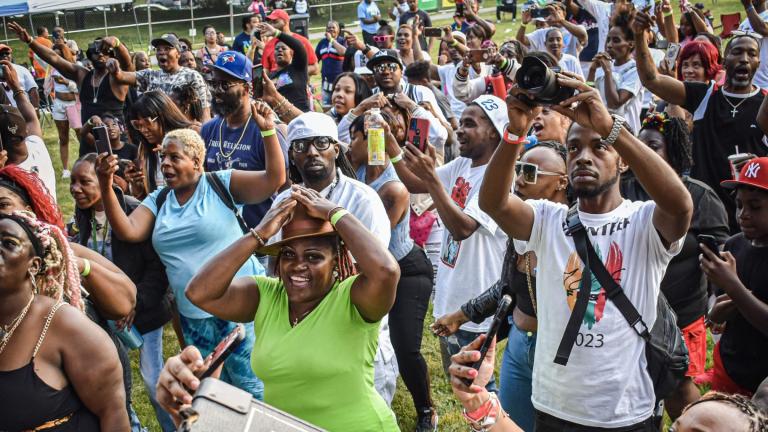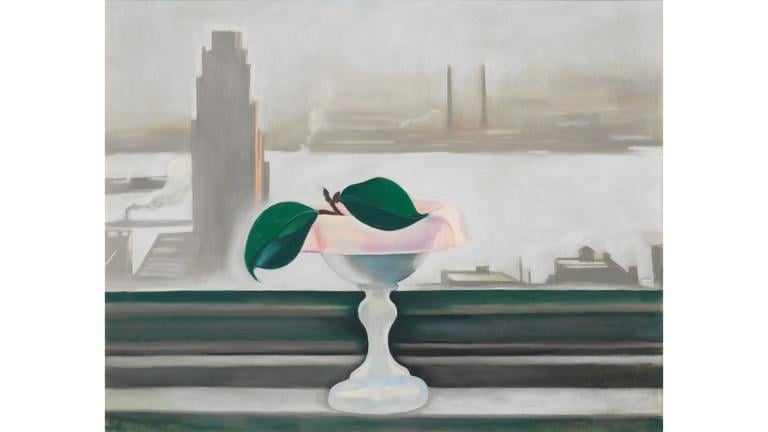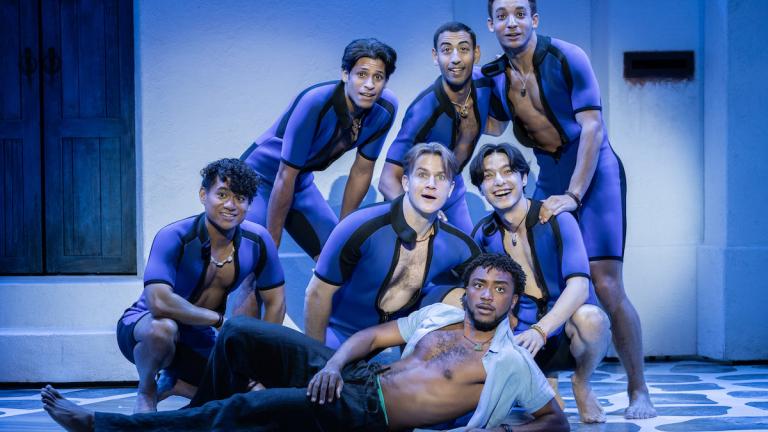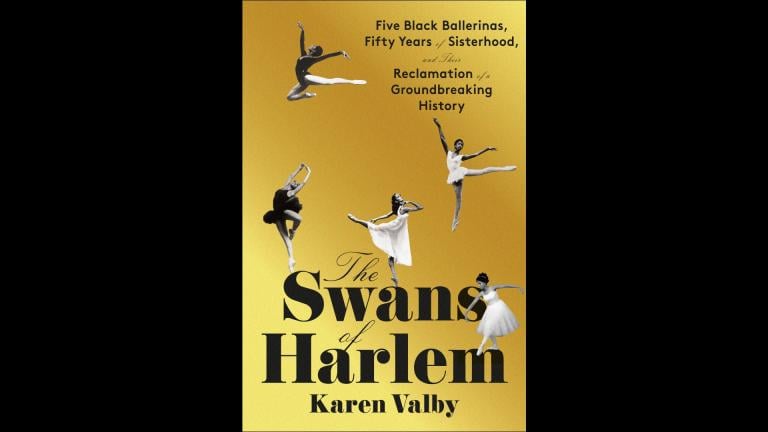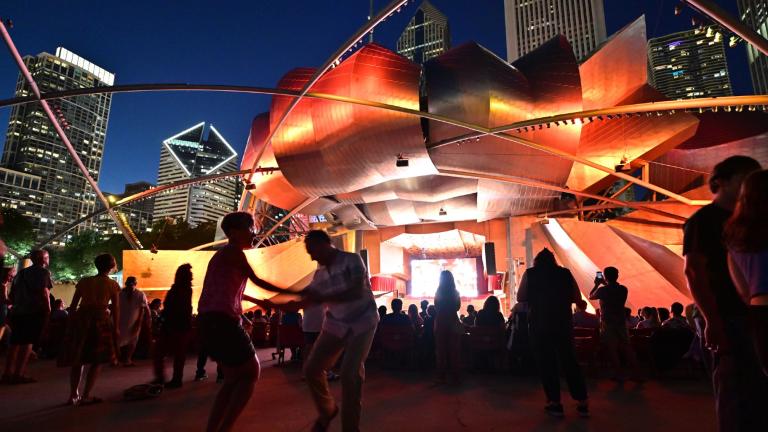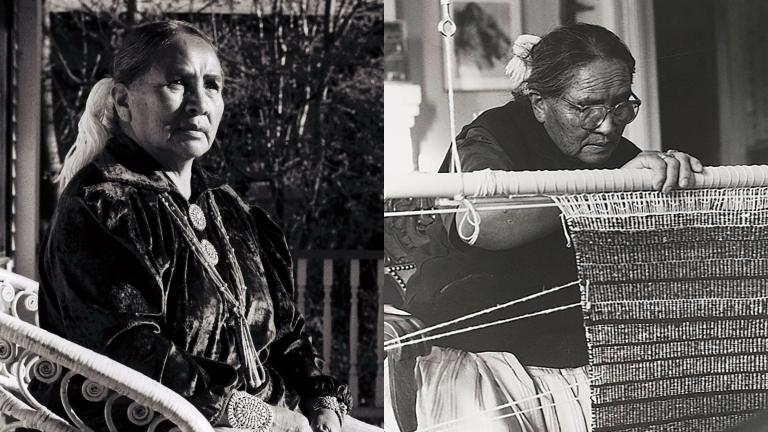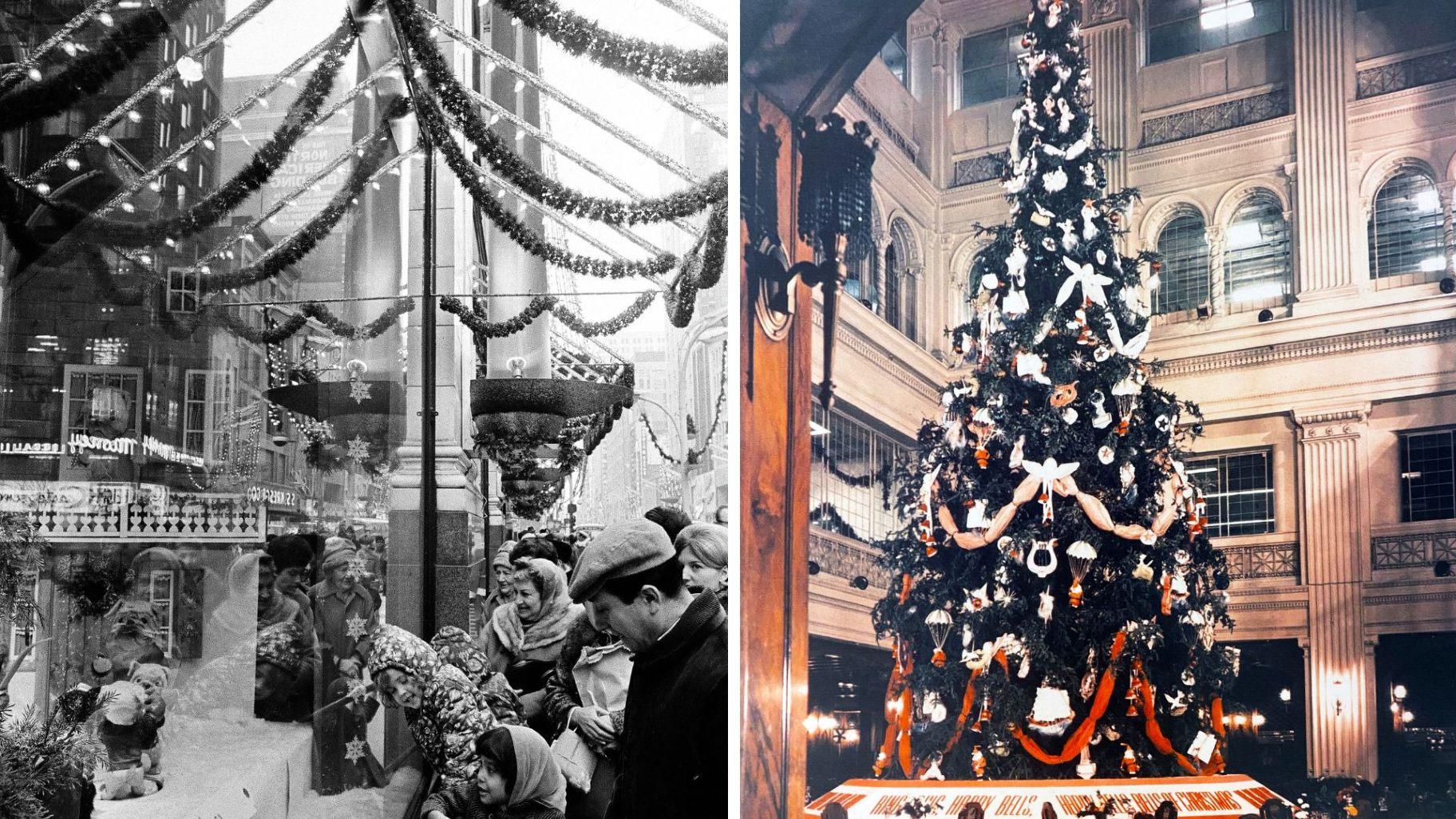 Left: Goldblatt’s, Chicago. Christmas Windows. (Courtesy of Chicago History Museum). Right: Walnut Room Christmas Tree at Marshall Field & Co., 1945. (Courtesy of Marshall Field & Co. archive, Macy’s, Chicago).
Left: Goldblatt’s, Chicago. Christmas Windows. (Courtesy of Chicago History Museum). Right: Walnut Room Christmas Tree at Marshall Field & Co., 1945. (Courtesy of Marshall Field & Co. archive, Macy’s, Chicago).
A new exhibit at the Elmhurst History Museum is celebrating department stores that originated in the Chicagoland area with a trip back in time.
From Marshall Field’s to Carson Pirie Scott, some stores are said to hold significance to many, as shopping during the time of their origination was an all-day experience.
“Retail is a big part of how we understand ourselves,” said Leslie Goddard, author of “Lost Chicago Department Stores.” “Women in the early 20th century would spend the day on State Street: meet friends, shop and do errands. You’d get dressed up and put on white gloves and be surrounded by all of these wonderful things to buy. … It was an occasion, something special.”
“Lost Chicagoland Department Stores” at the Elmhurst History Museum is on display until the end of January. Goddard, a historian who also authored “Remembering Marshall Field’s,” collaborated with the museum on the exhibition.
“We think of the city as a center for meat packing and trading, but don’t think of department stores as serious history, but they really are,” Goddard said. “Some of the craziest innovations happened there. Mail order began, Christmas windows began, and they had some of the most ornate holiday displays in the nation.”
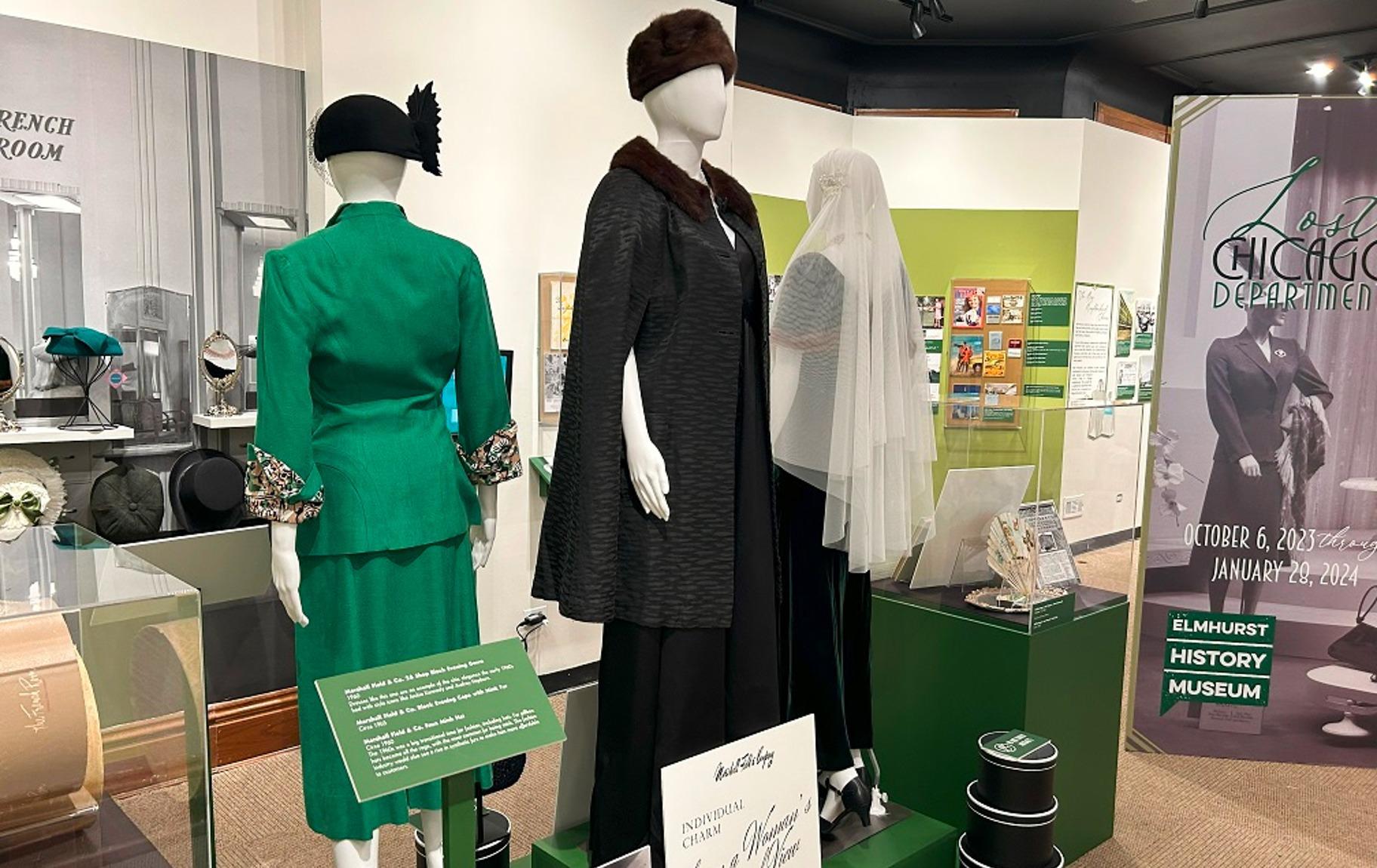 “Lost Chicagoland Department Stores” runs at the Elmhurst History Museum through Jan. 28. (Courtesy of Elmhurst History Museum)
“Lost Chicagoland Department Stores” runs at the Elmhurst History Museum through Jan. 28. (Courtesy of Elmhurst History Museum)
Sarah Cox, Elmhurst History Museum curator of exhibits, said that while Goddard focused on Chicago, the museum looked at history in DuPage County.
“We wanted to reflect on how we shop today,” Cox said. “Certain generations knew what that was like, dressing up, going downtown and seeing the Walnut Room, Christmas windows at Marshall Field and Co. It reminds me of when people dressed up to fly. It was an experience. Shopping was an experience.”
“But anyone born after the year 2000, their experience is a department store today like a Kohl’s or a JCPenney, and neither originated here,” Cox continued. “But the big one here is Amazon. That’s what the kids grew up with, the internet and easy access, and that’s contributed to how shopping habits have changed. And the same with decades before, from the 1900s to the 1950s, and then the mall in the ‘70s and ‘80s transformed shopping again. So it’s looking at the evolution of shopping.”
The exhibit opened at the beginning of October, and so far, the public has seemed to respond well to the nostalgia it provides.
“We literally have a line outside the front door for the exhibit,” Cox said. “It’s been insane here. People love it. People will stop me and tell me where they worked and where their grandparents worked there or just share different memories of their experiences.”
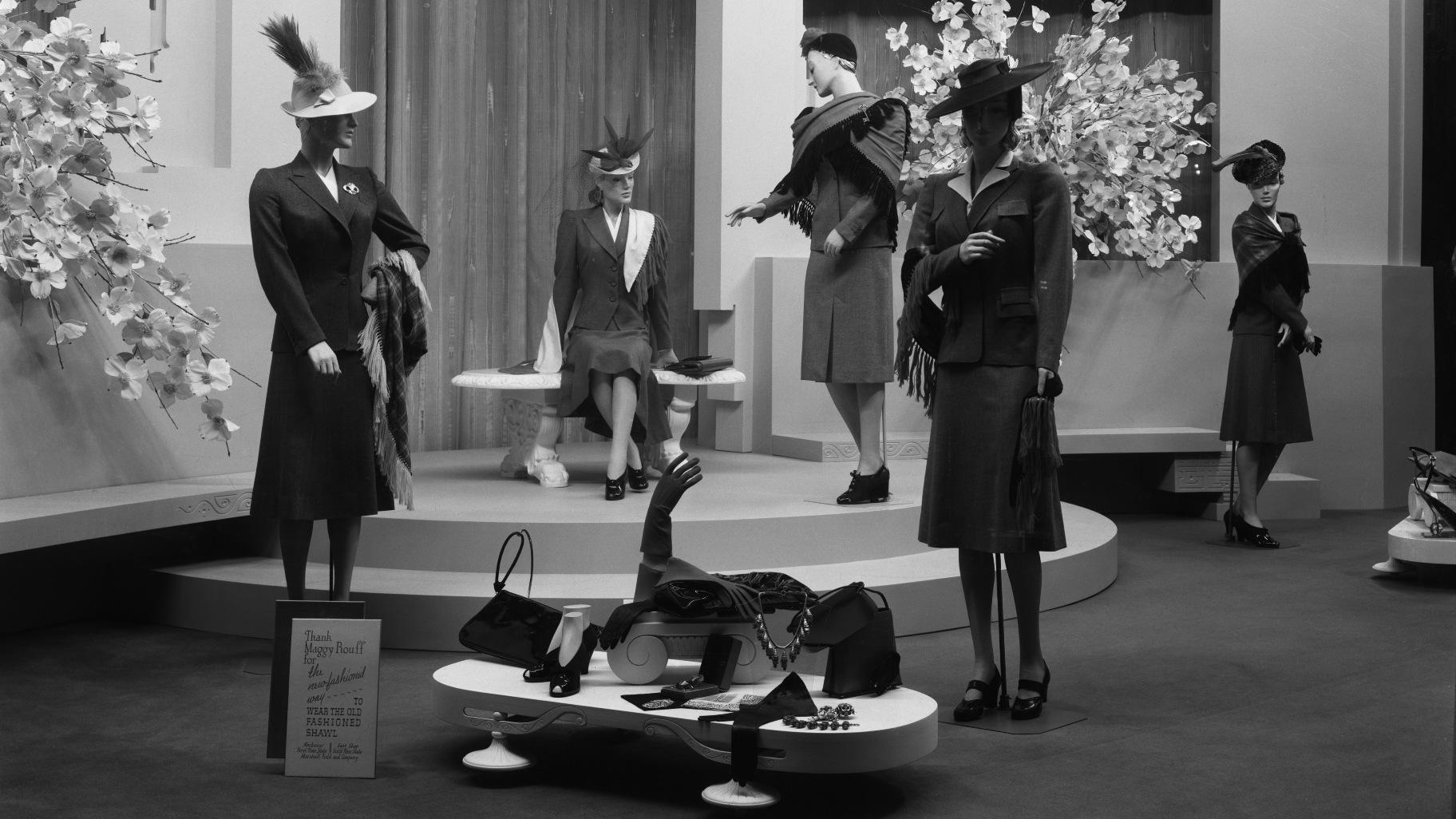 Marshall Field & Co. Window Display, May 1940. (Courtesy of Chicago History Museum)
Marshall Field & Co. Window Display, May 1940. (Courtesy of Chicago History Museum)
The exhibit is broken up into sections, the first celebrating State Street as a shopping district.
“Carson’s and Marshall Field’s,” Cox said. “These were both businesses that started as dry goods stores in Chicago and then evolved into department stores. They began to bring in international goods and created the all-day experience with mail rooms, day cares, phones where you could make phone calls, and the cafeteria — giving the customer a first-class experience.”
Another section looks at malls and how they brought bigger stores to the suburbs.
“There’s the Yorktown Center and Woodfield and Oak Brook,” Cox said. “It used to be a place to shop and hang out, and now it’s more about hanging and entertaining with activities like the movies and mini golf being revitalized to keep people engaged.”
The exhibit ends with Christmas displays.
“We reached out to the Macy’s on State Street,” Cox said, “and they shared some Snow White figures from Christmas windows in 2004, which we turn on for our guests on select days at the museum. We also have six figurines, all of which haven’t left Macy’s since 2004. These pieces are rare because when window displays began, they weren’t made to last. They were hand made by custom artisans.”
Video: Arts correspondent Angel Idowu hits State Street to hear Chicagoans reminisce on when Macy’s was formerly Marshall Field’s.
“Lost Chicagoland Department Stores” will be on display through Jan. 28. Check out museum event highlights below:
- Holiday Gift Wrapping Workshop, Nov. 18: Led by Hannah Sundwall, owner and founder of Gift Wrap Boss, participants will learn professional techniques including seamless wrapping, bow making and tips on how to wrap oddly shaped presents. Admission is $10.
- Sip Local with Brewpoint Coffee, Dec. 2: In partnership with Brewpoint Coffee, the museum will present holiday-themed Americana music performed by Old Town School of Folk Music musicians Anna Jacobson and Jonas Friddle. Visitors can watch “Behind the Scenes: Marshall Field’s and Christmas,” a short lecture from Amy Meadows, former director of windows and marketing events for Marshall Field’s and Macy’s. The first 50 patrons will receive a free specialty coffee.
Follow Angel Idowu on Twitter: @angelidowu3
Angel Idowu is the JCS Fund of the DuPage Foundation Arts Correspondent.

